In this comprehensive guide, we'll delve into everything you need to know about Coastal Brown Ants, from understanding their behaviour to effective control techniques. And if you need a hand in the battle against these tiny invaders, MD Pest Control has got your back with their proven pest control spray. Let's dive in!
Understanding Coastal Brown Ants
Coastal Brown Ants, scientifically known as Pheidole megacephala, are small but mighty insects known for their distinctive brown colouration and relentless foraging behaviour. They're commonly found in coastal regions, making themselves at home in both natural environments and urban areas alike. However, we are seeing increasing numbers away from the coast, we believe that the more humid weather has had an impact on this.
Common Habitats and Distribution
Coastal Brown Ants are commonly found in sandy soils, beneath rocks, and amidst vegetation, particularly in warm and humid coastal areas. These resilient creatures have successfully adapted to a wide range of habitats, from beaches to residential neighbourhoods.
Behaviour and Lifecycle
These industrious ants follow a well-defined social structure within their colonies, with roles ranging from workers to soldiers and reproductive individuals. Like most ants, they undergo complete metamorphosis, progressing from eggs to larvae to pupae before emerging as fully formed adults.
Nesting Habits and Colony Structure
Coastal Brown Ant colonies typically establish their nests in soil, forming intricate networks of tunnels and chambers. These nests can range in size from small mounds to extensive underground complexes, depending on the size and age of the colony.
Impact on the Environment and Human Activities
While Coastal Brown Ants play a vital ecological role, aiding in soil aeration and nutrient cycling, they can also become a nuisance when their populations grow unchecked. Infestations may lead to damage to structures, contamination of food, and even electrical interference in some cases. In some extreme cases, Coastal Brown Ants have been known to interfere with electrical systems. Their presence near electrical outlets or wires can result in short circuits or even fires. This highlights the need for prompt action when dealing with these pests. This is when it's important to call in the experts for advice on coastal brown ant control.
Identifying Coastal Brown Ant Infestations
| Signs of Infestation When it comes to detecting Coastal Brown Ant activity, there are a few key signs that you should keep an eye out for. One of the most obvious indications is the presence of ant trails, which can be seen as a path of ants moving back and forth in search of food or resources. Additionally, you may notice disturbed soil around nesting sites, where the ants have excavated tunnels and created chambers for their colonies. These signs are important in distinguishing Coastal Brown Ants from other ant species commonly found in coastal areas. In addition to ant trails and disturbed soil, another sign of infestation is the presence of ant mounds. These mounds are typically made up of loose soil and debris, forming small hills that can vary in size depending on the size and age of the colony. |
Conducting a Thorough Inspection
If you suspect the presence of Coastal Brown Ants, it is crucial to conduct a thorough inspection of both indoor and outdoor areas to confirm their presence. During this inspection, pay close attention to potential entry points such as cracks in walls and foundations, as well as gaps around windows and doors. These tiny openings can serve as convenient access points for ants looking to infiltrate your property.
Furthermore, areas with moisture buildup should also be given special consideration during your inspection. Coastal Brown Ants are known to thrive in environments with high humidity levels, making damp spots like basements, crawl spaces, and bathrooms particularly attractive to them. Look for any signs of water damage or leaks that could contribute to excess moisture, as these areas are more likely to harbour ant activity.
Effective Techniques for Coastal Brown Ant Control
To effectively minimise ant infestations, prevention is key. One should not underestimate the importance of keeping the surroundings clean and free of food crumbs, as this makes the property less attractive to ants. Additionally, it is crucial to seal any potential entry points and eliminate standing water sources that may entice these pesky creatures.
Non-Toxic Coastal Brown Ant Control Measures
For individuals who are environmentally conscious and seeking eco-friendly options, there are various natural repellents and biological control methods available to deter ant activity. Some effective measures include using essential oil sprays, which have been known to repel ants, or employing diatomaceous earth—a naturally occurring sedimentary rock that can be used as a non-toxic barrier against ants. Another approach is introducing ant predators like nematodes to your garden, as they can help keep ant populations in check.
Chemical Control Strategies
In cases of severe infestations where other methods prove insufficient, resorting to chemical control measures may become necessary. When selecting insecticides for Coastal Brown Ant control, it is important to opt for products that are specifically formulated for this purpose. Furthermore, it is vital to always adhere strictly to the application instructions provided with the chosen product to ensure the safety of both humans and pets. Prioritising proper usage will also help protect the environment from any potential harm caused by these chemical interventions.
Ready to Take Control?
If Coastal Brown Ants are causing you headaches, it's time to take action. With MD Pest Control's expertise and their effective pest control spray, you can reclaim your space from these persistent pests. Don't let ants rule the roost--contact MD Pest Control today or book your appointment online to say goodbye to unwanted visitors for good!

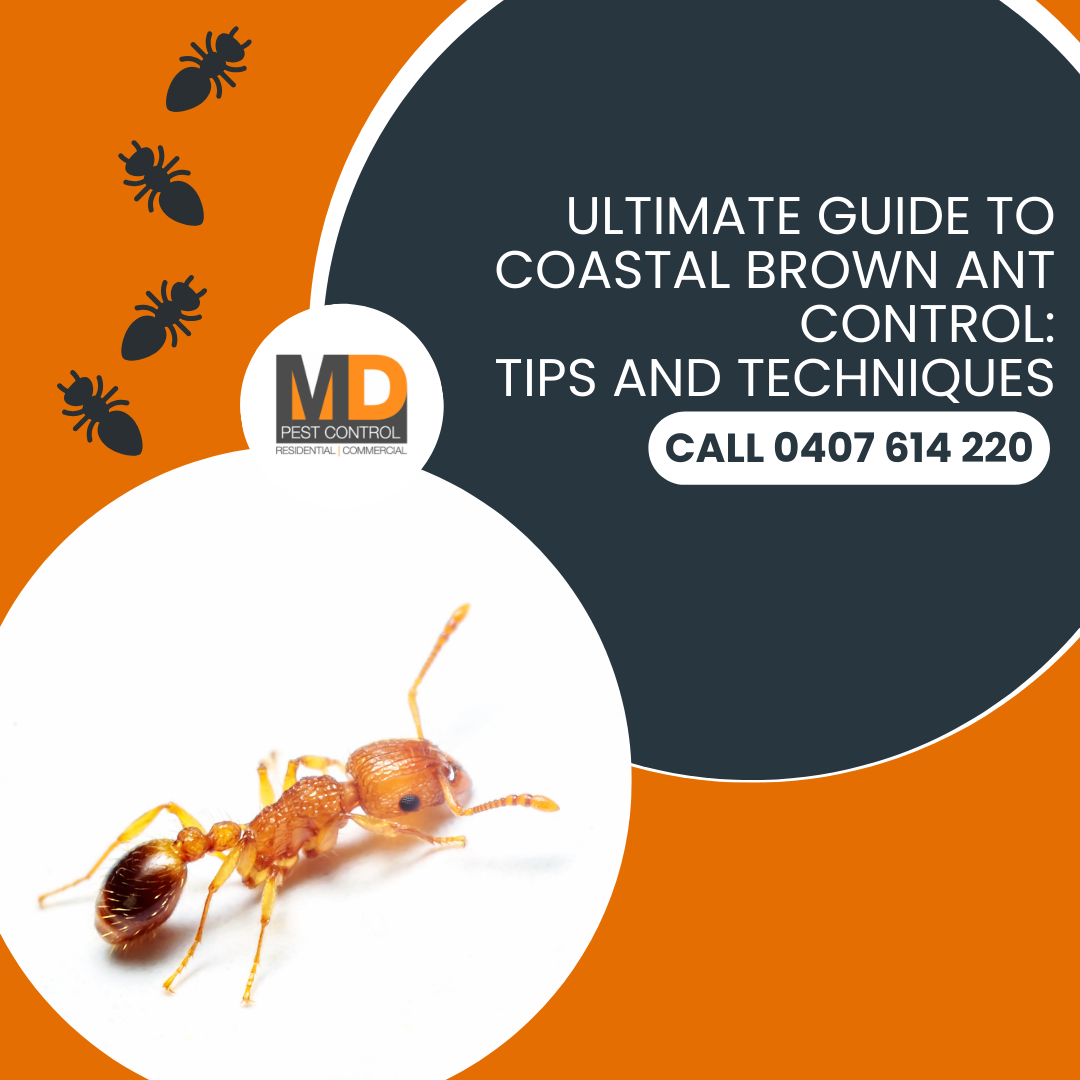
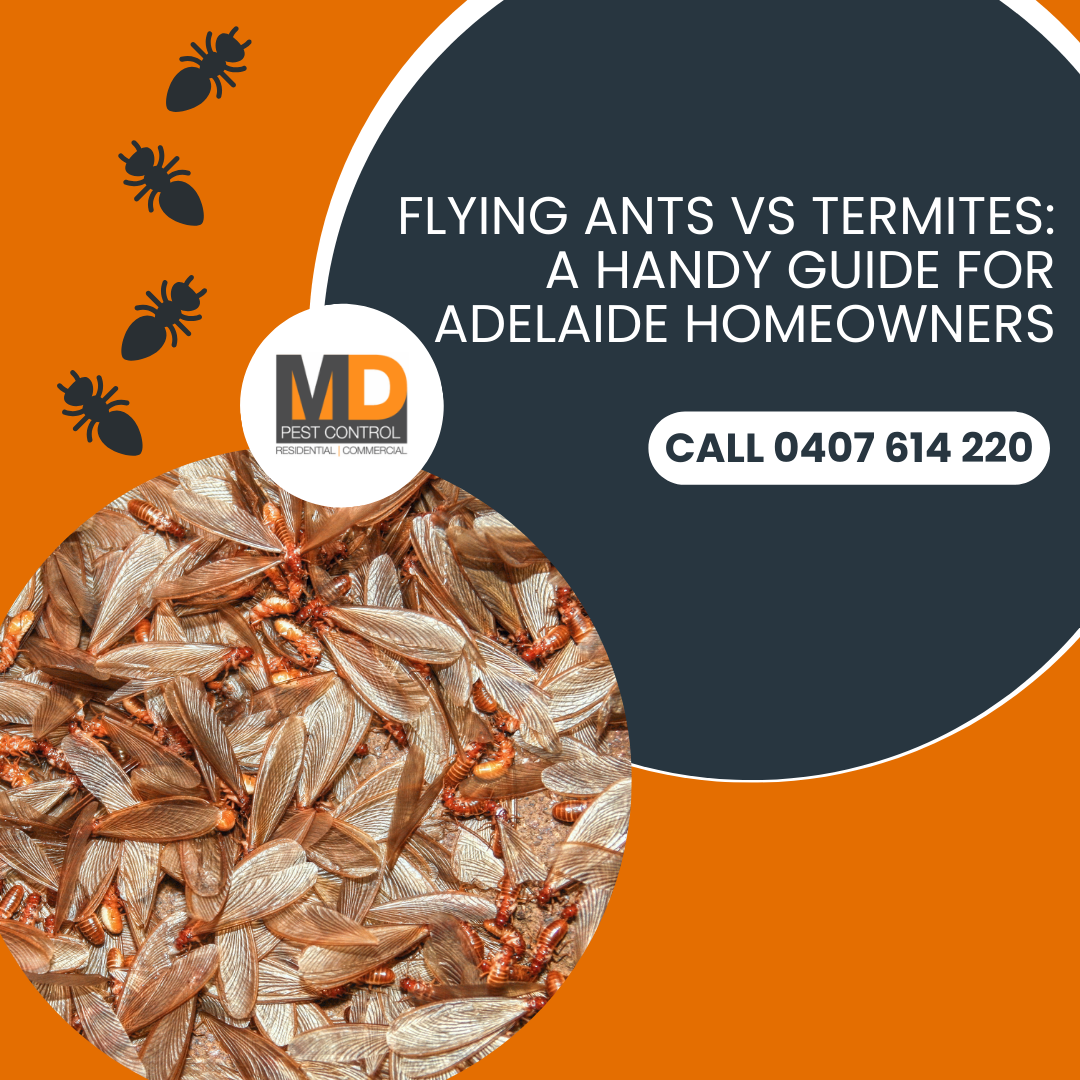
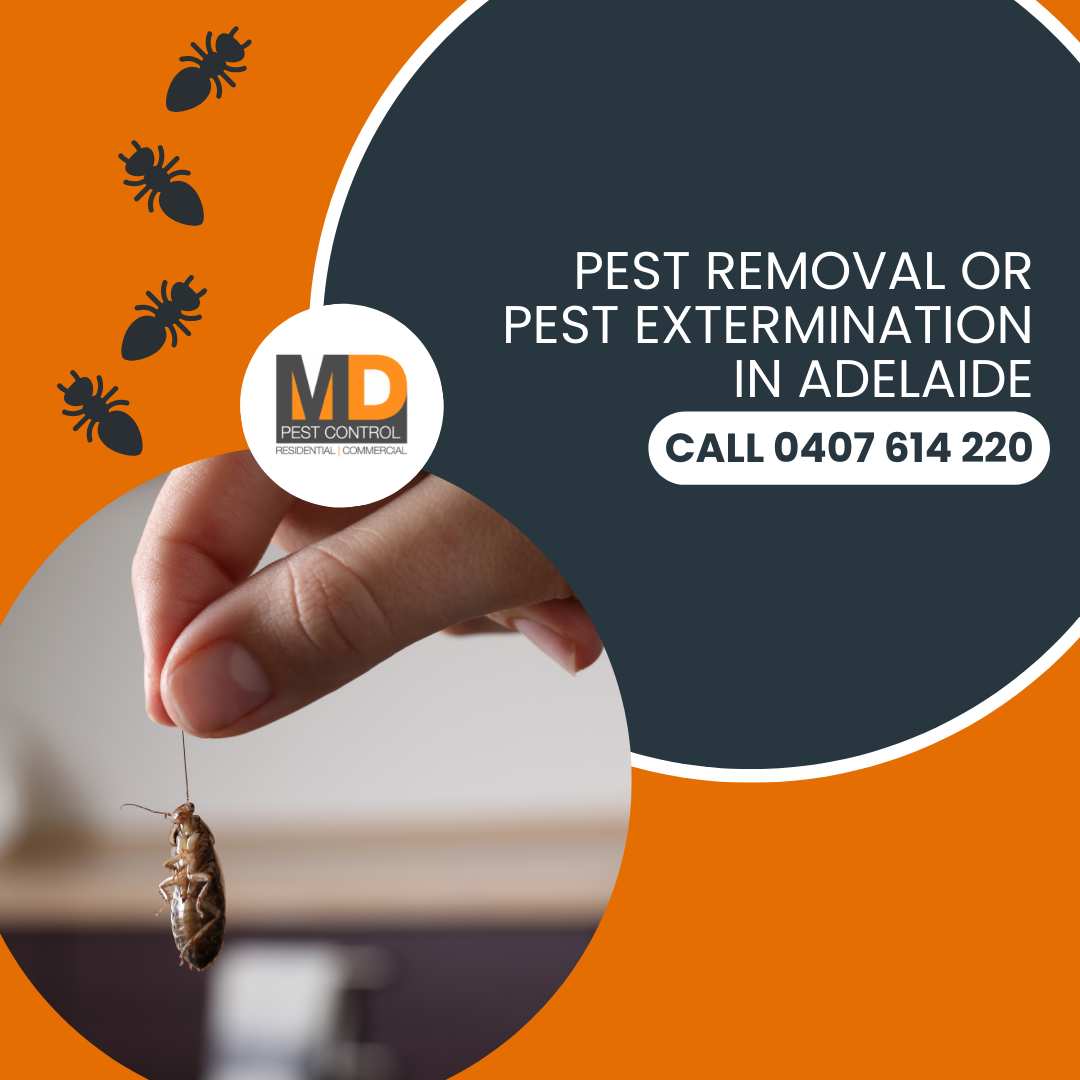
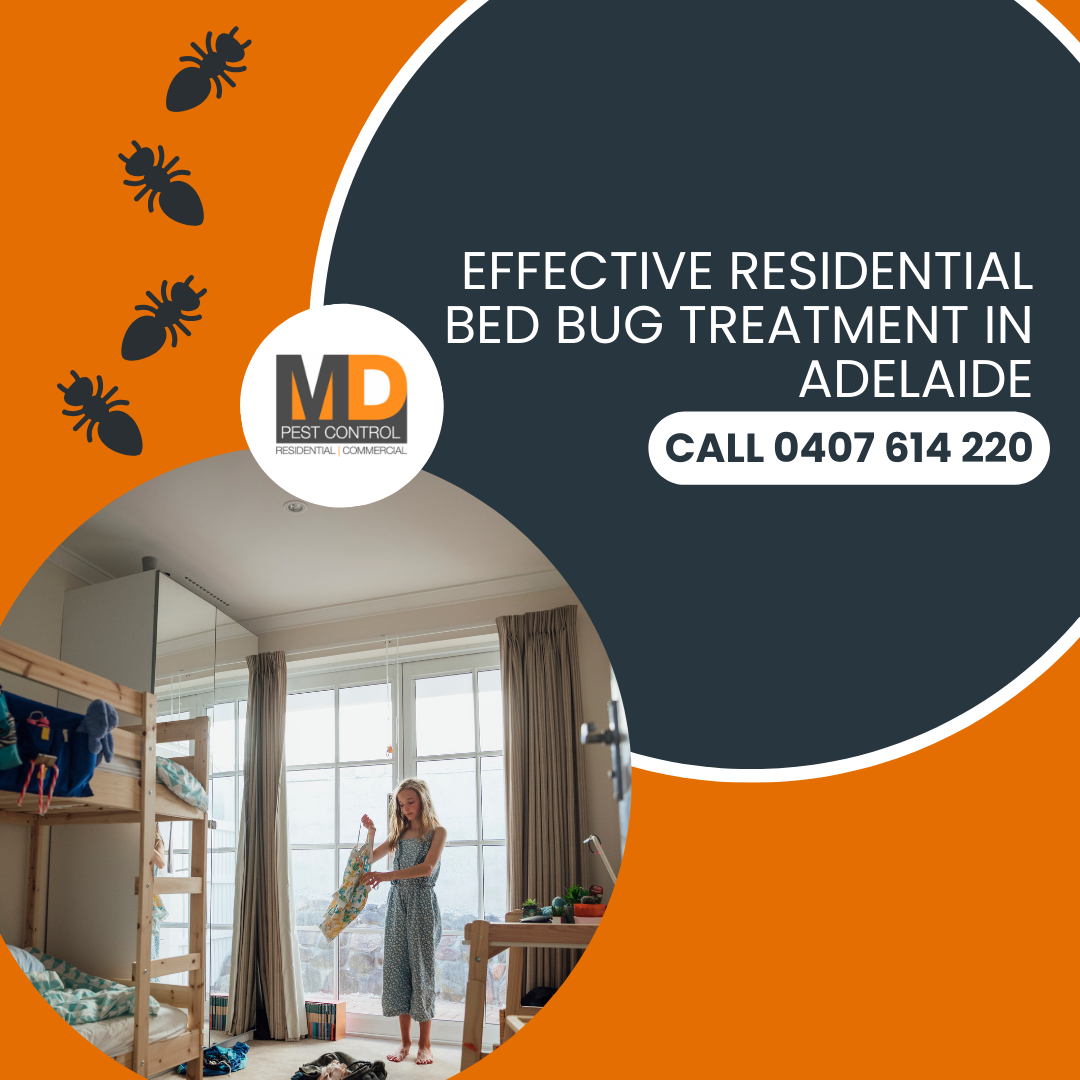

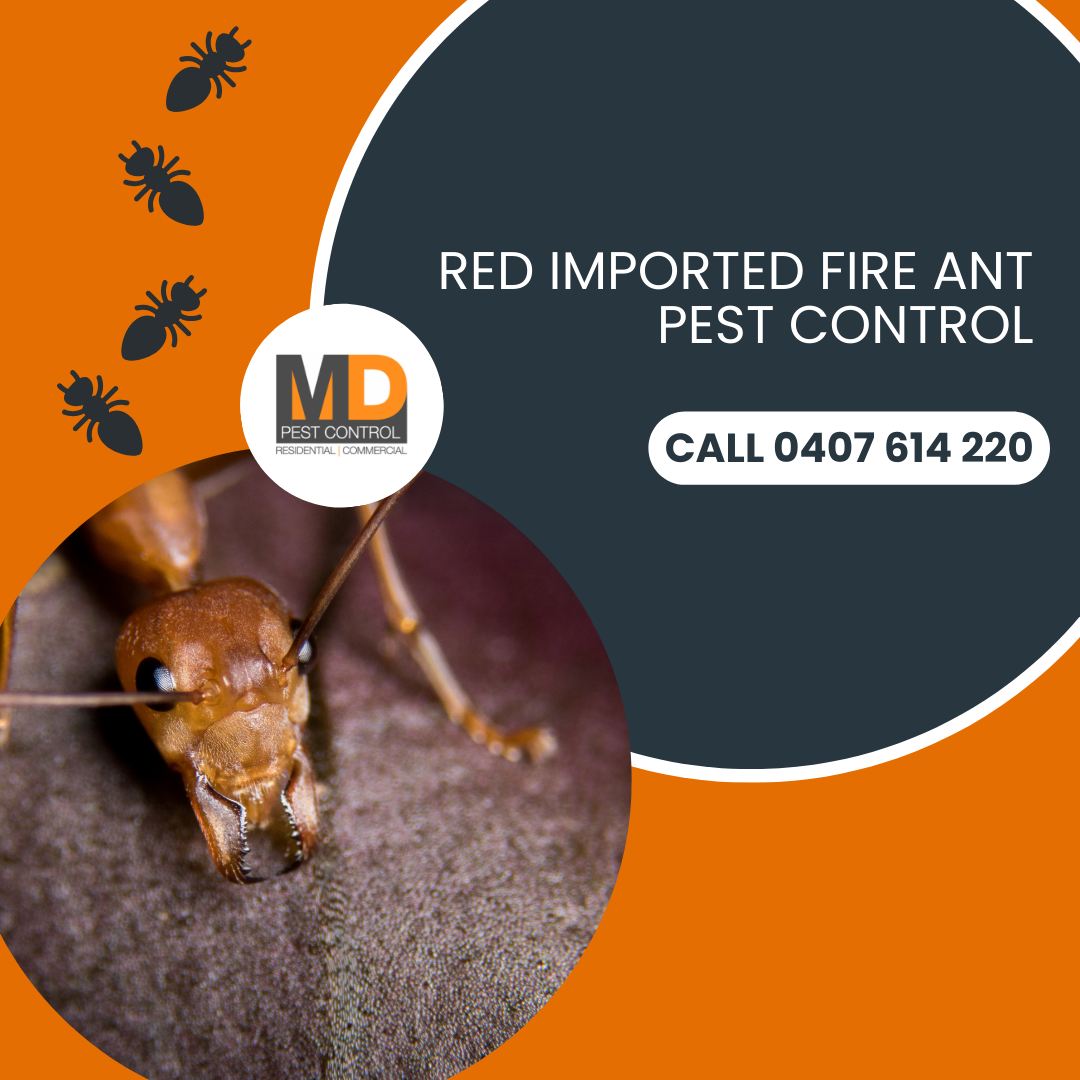
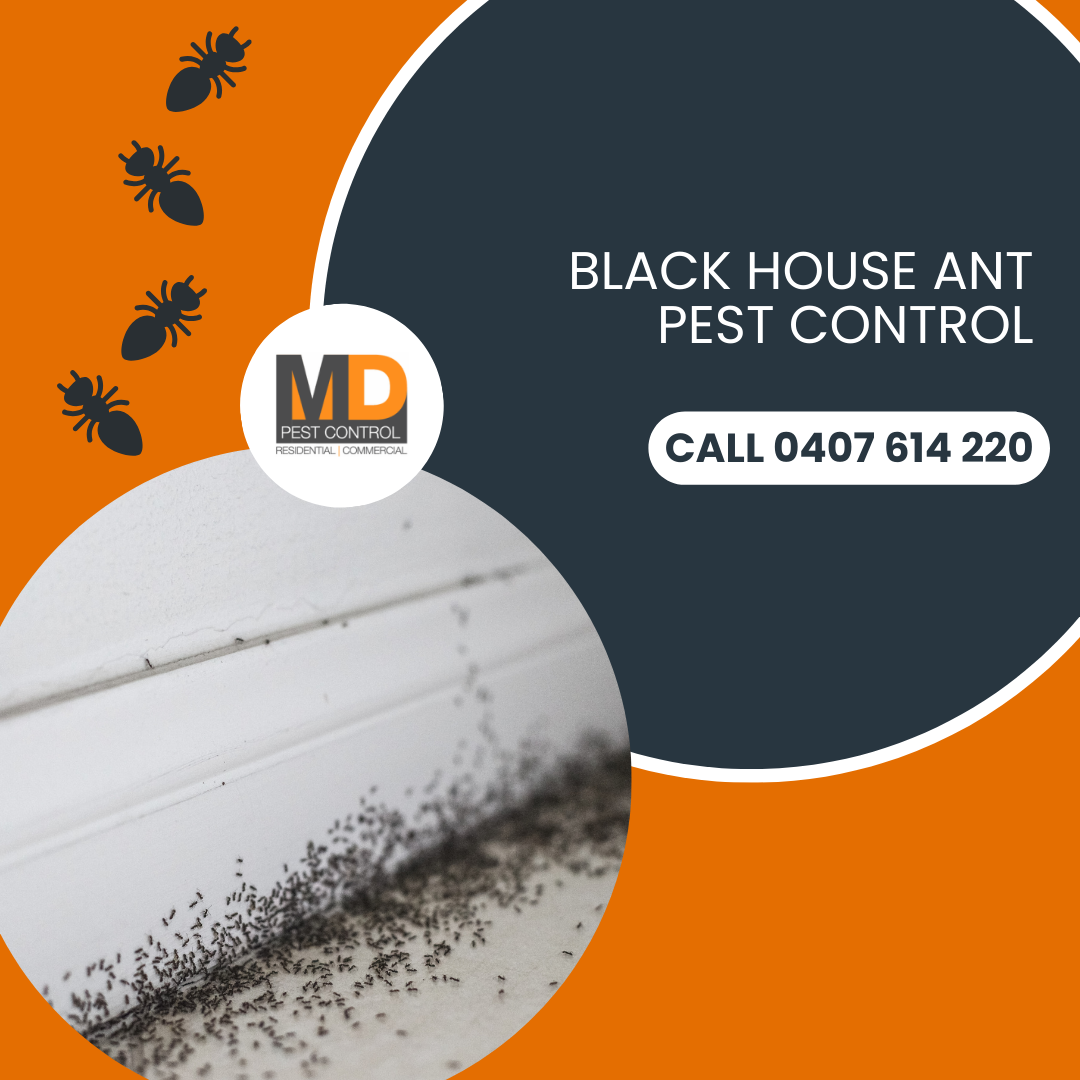
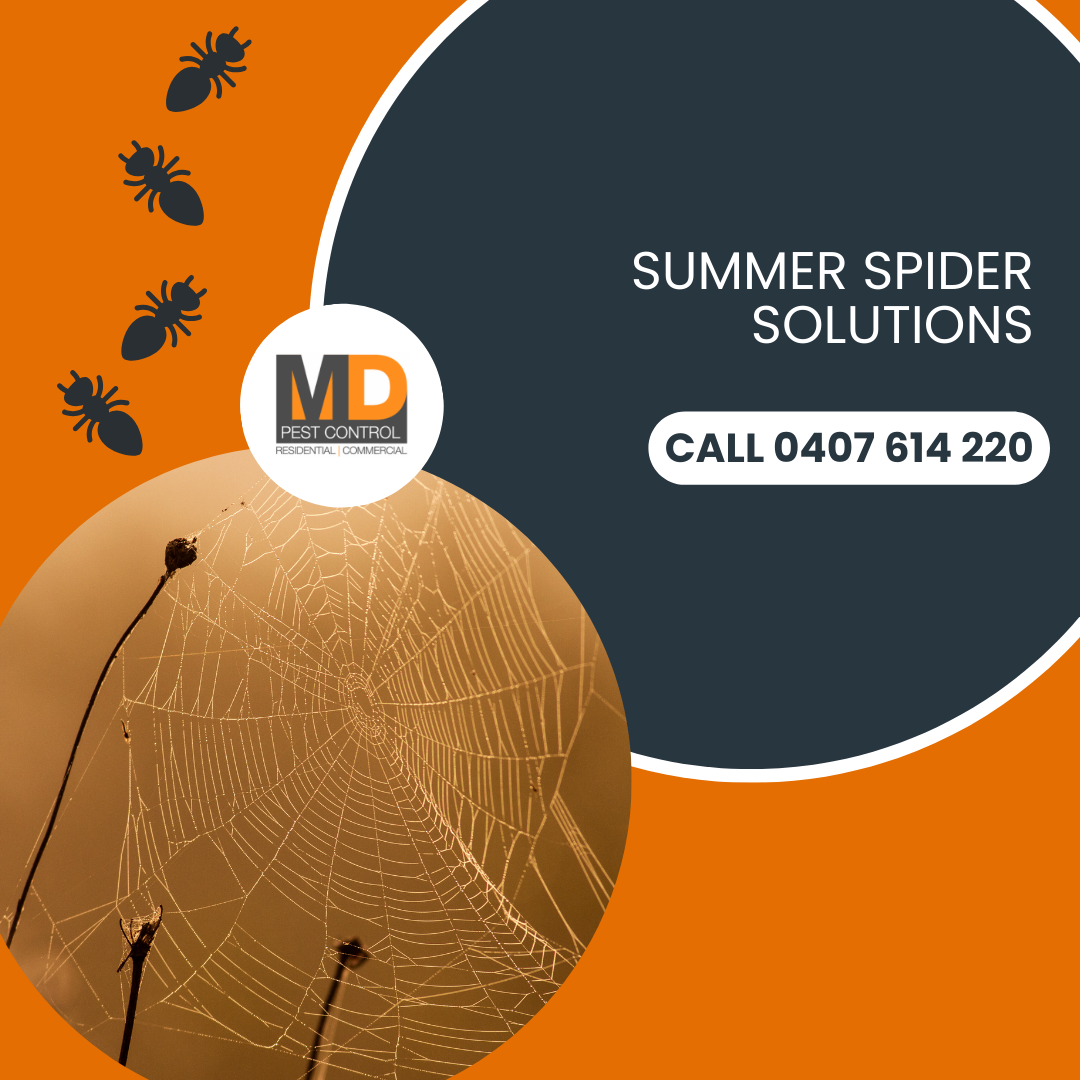
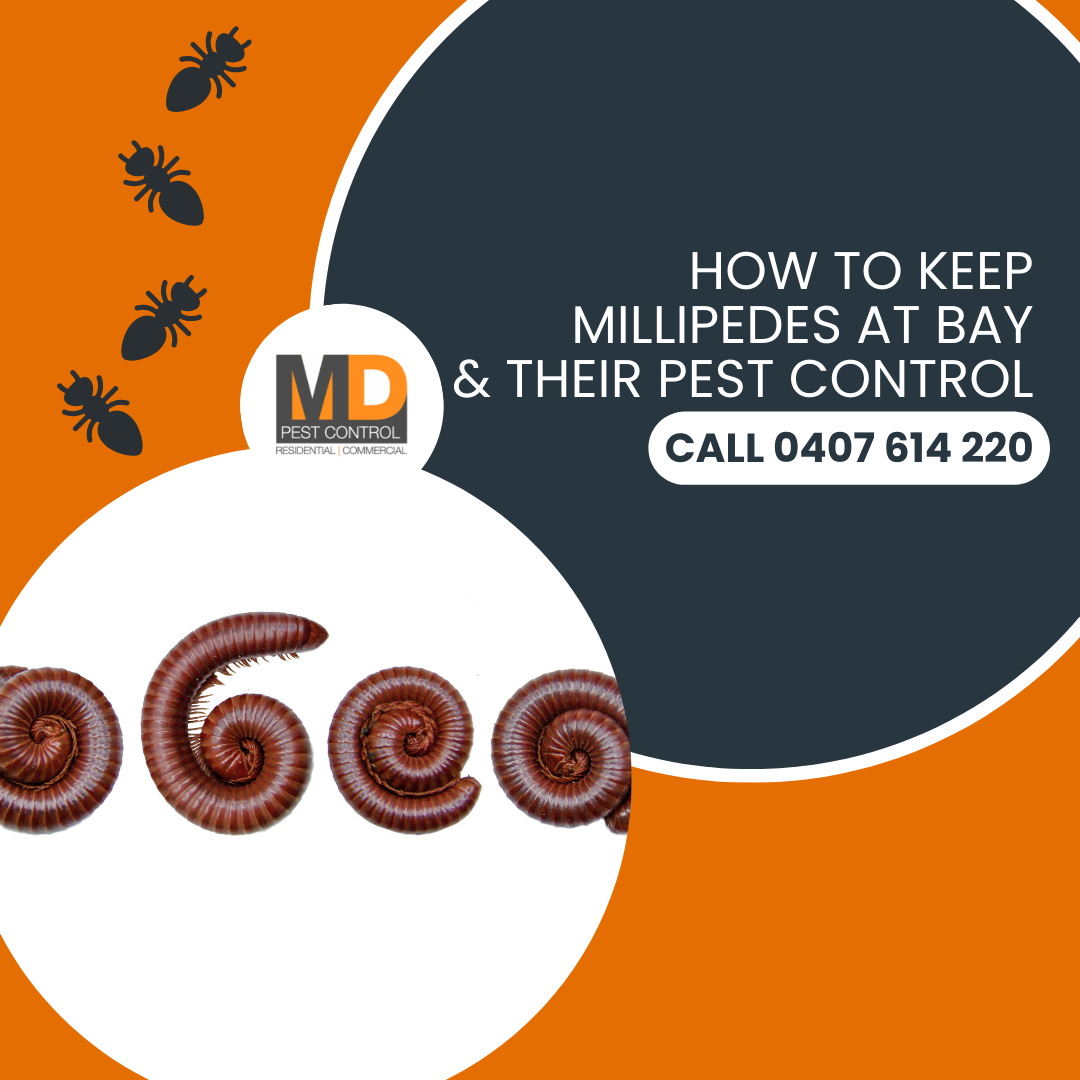

 RSS Feed
RSS Feed


